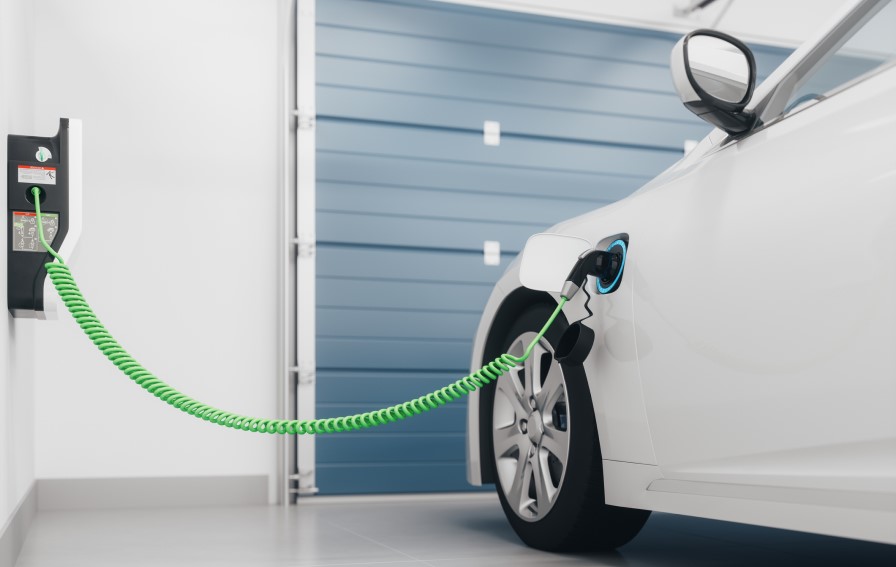The ATO has released a draft compliance guideline with the accepted rate for calculating the cost of electricity when an eligible EV is charged at an employee’s or an individual’s home.
The draft compliance guideline contains the methodology for calculating the cost of electricity when an eligible electric vehicle is charged at an employee’s or an individual’s home. This methodology contained in the guideline can be applied for FBT from 1 April 2022 and for income tax purposes from 1 July 2022.
According to the ATO, the EV home charging rate will be 4.20 cents per km. If charging costs are incurred at a commercial charging station, a choice must be made. If the EV home charging rate is used, the commercial charging station cost will be disregarded, and vice versa. However, records such as receipts must still be kept to substantiate any claims, and the choice to rely on the guideline applies for the entire FBT or income year.
Example
Ian owns a zero-emissions electric vehicle which he mainly uses for work but also for private purposes. For the relevant year, he maintains odometer records as well as a logbook.
He works out that for the year, the business use percentage of the car is 60%, and he drove 26,000km. He charges his car at commercial charging stations while on the road, and also at home.
Using receipts he has retained, the cost of charging at commercial stations for the year amounted to $300 for the year. Using the guideline, he works out that his home charging electricity deduction to be $655 (26,000km x 4.20c per km x 60%).
Ian has a choice to either deduct the $300 from the commercial charging stations as a part of his work-related car expense deduction claim or the $655 worked out using the methodology contained in the guideline. He cannot do both. Since $655 is higher than $300, Ian opts to rely on the guideline and have it apply for the entire income year.
For the 2023 FBT and income tax year, the ATO will accept a reasonable estimate based on service records, logbooks, or other available information where odometer records have not been maintained as a transitional measure. This approach is only available for the opening odometer reading at 1 April or 1 July 2022.
Businesses that can rely on this guideline include those that provide electric vehicles to employees (or associates) for private use that results in the provision of a car fringe benefit, residual benefit, or car expense payment fringe benefit and is required to calculate the value of benefit as a part of FBT obligations.
For example, the EV home charging rate can be used to determine the recipient contribution component for the statutory formula method for car fringe benefits. Similarly, it can be used to determine both the operating cost and recipient contribution if the operating cost method is used.
For individuals, the guideline can only be relied on to calculate the cost of charging an electric vehicle if a zero-emissions electric vehicle was used in carrying out income-earning activities and relevant records have been kept during the year.
It should be noted that plug-in hybrids (ie those powered by a combination of liquid fuel and electricity) are not considered to be zero-emission vehicles, and individuals that use plug-in hybrids are unable to rely on the guideline even if the vehicle was used in carrying out income-earning activities.

If you’re unsure about your personal or business situation and would like some support and guidance, please reach out.
Email reception@garnetaccounting.com.au or click to book an appointment below.
Did you know we are busy over on our social media with a more relaxed vibe? If you want to get to know us better, head over to Instagram. https://www.instagram.com/garnet_business_services/

